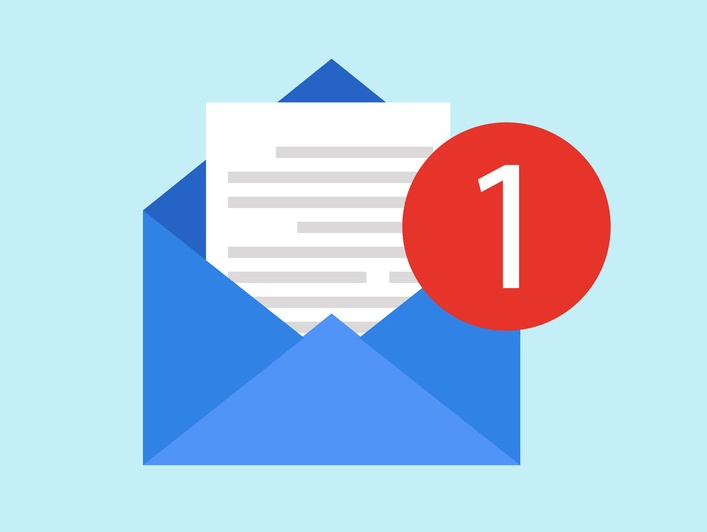No portion of B2B marketing happens in a bubble. The various avenues used for reaching prospects, leads and buyers—email, social media posts, blog and longform writing, videos and so on—have their individual virtues but work best in tandem.
This is exactly why HubSpot says “email is most powerful when it’s integrated with the rest of your marketing.” Email is incredibly effective at boosting conversion rates further down the funnel. Those in the consideration and decision stages of the B2B buyer’s journey are most receptive to the personal and focused touch of email. It’s not the best channel for closing the deal — that will always be calls or face-to-face meetings — but it is the most preferred and one of the most effective ways to identify which leads are sale-qualified and apt for conversion.
Thus, boosting your conversion rates with B2B email marketing is about knowing how to create those emails and when you should send them. Here are two key tips for getting the most out of the emails you send.

1. Keep it simple
With B2B email marketing, less is usually more. Decision-makers are busy, particularly if they’re in the middle of researching or comparing purchasing options. Get to the point in your emails so that the call-to-action therein hits home and, more importantly, focus on a single CTA in each email. As Strunk and White once famously decreed: “Vigorous writing is concise.” Tell prospects up front why you’re emailing and get to the heart of the matter swiftly so they are more apt to take the next step.
Similarly, use images in your emails, but do so in moderation. Email viewing comes in many forms and the various platforms (whether it’s the browser being used, the differences between desktop and mobile, or restrictions on viewing email elements at work versus from home) can mean you’re meticulously-crafted and vibrant visual email might only display as an ugly display of empty frames. Use a banner image to attract the eye, but keep at least some element of the email’s text above the fold.
2. Time it right
Know your audience and the types of decision-makers to whom you’re selling and use that to answer a few basic questions:
- When are they most likely to open and read emails?
- How many emails might they receive daily?
- When are they likely to be checking email in their office as opposed to on their phone?

One of the biggest pitfalls for any conversion-minded email is getting lost in the inbox. Common sense should already tell you it isn’t smart to send an important email about a free demo at midnight on a Saturday. Even if prospects are expecting emails from you, sending emails at odd hours only makes them have to work more to find it and read it.
But you can go deeper. Business emails are more likely to be opened in the middle of the week (Monday is always a catch-up day and acting on Friday email may be too time-consuming) and sometime after the onset of the workday but before the typical 2:30 p.m. crash. Take those tropes, apply the details you’ve gathered through your buyer personas and interactions with prospects and find the best times to grab their attention with emails.
These concepts apply to emails regardless of their target. Whether you’re sending a “greatest hits” list of content to leads in the consideration stage or extending a consultation to a CEO who just needs a little more information to finalize a purchase, simplicity and timeliness are two factors very much in your control that will boost emails’ efficacy.
Of course, keep adjusting your emails to be relevant and personalized in these different scenarios as well. That is the heart and soul of effective B2B email marketing. But when you mix that with a knack for brevity and timing, you will create an email methodology with more testable results and, above all, a better ability to convert leads into customers. ![]()







 By
By 